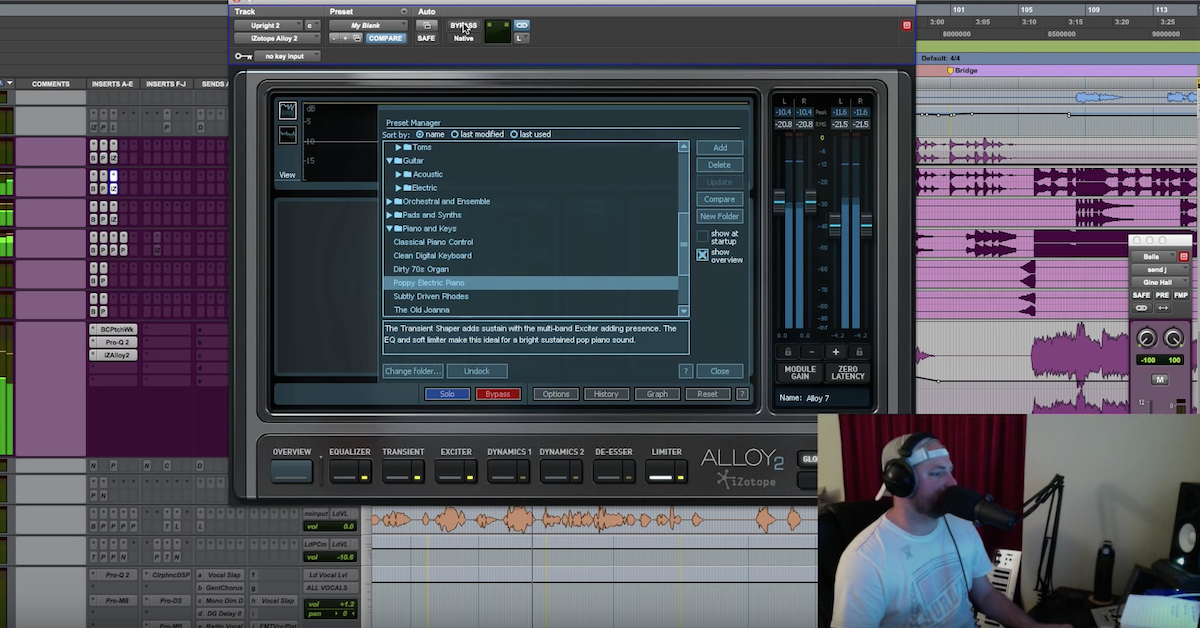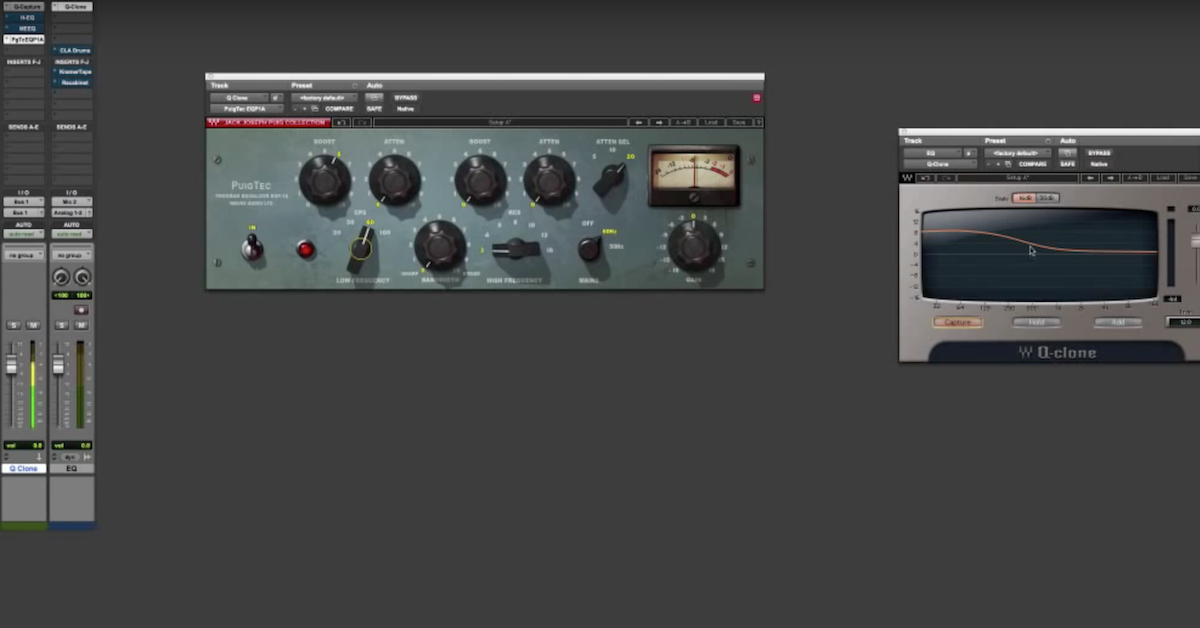5 Tips for Faster Music Production
Article Content
Whether you’re working on music professionally or as a hobby, there are advantages to working quickly.
As a professional, faster productions means you can fit more work into less time, which means more money in your pocket. And if you’re working on music in your spare time, learning to work fast will help you maximize the limited time you have available.
Making more music in less time doesn’t mean, however, that your songs should suffer. In fact, speed can sometimes work to your advantage, as it forces you to rely on your instincts and exercise your creative decision making skills. So to help you achieve better results in less time, here are a few tips to help you speed up your music making sessions, from the set-up phase through to the final mix.
1. Stay Organized
They say clutter is a sign of a creative mind, but at the end of the day, you still have to get some work done. When someone asks you for a guitar tuner, or wants you to rout the keyboard through an outboard delay unit, you don’t want to be the person searching for missing things or setting up things that should have already been set up.
The same goes for your computer system — a good digital filing system is essential for any well-organized studio, and DAW templates can be huge time-savers as well. Tasks like color-coding and labeling tracks can seem tedious and time-consuming initially, but in the end, you’ll work much faster with well-organized session versus a session where you have to hunt around on the screen every time you want to find your snare drum track.
2. Know Your DAW
On top of having good templates set up, knowing your DAW shortcuts is an invaluable skill for making music quickly (plus it will help you look cool in front of clients). With a quick command of your keyboard, you can edit takes and set up routing on the fly to save you from doing the work later.
Not only does this help you get your tracks sounding good earlier on in the recording process (another good way to impress clients), it also means you won’t have a huge chunk of work waiting for you once you get to the editing phase.
3. Print Your Effects
As much fun as it can be to mess around with effects, this process is easy to get sucked into. Have you ever found yourself opening up one plugin to try out some reverb sounds, only to emerge from the studio hours later with a glazed look on your eyes, having only worked on one guitar track all morning?
Instead of spending hours in the mixing phase trying out different effects, find a sound while you’re recording and stick with it, or at the very least, split your signal so you can print a dry version along with the wet one.
4. Think Backwards
In his Speed Mixing course, Joe Gilder of homestudiocorner.com shares one mixing method that can completely transform the way you mix: When most people learn to mix a song, they typically start with one track (like a kick drum) and build their way out from there. Joe’s method, however, is the complete opposite. Instead of applying EQ and compression to your kick drum, then moving on to the snare, toms, and other parts of the kit, the faster and more efficient way is actually to start with the drum bus and work your way backwards from there until you get to the individual components of the kit.
The same goes for the mix as a whole — instead of EQ’ing one instrument at a time, start with some EQ on your stereo bus and work backwards through your other buses, down to individual instruments or individual mics. Mixing this way, you’ll often find that by the time you get to a track like the kick drum, you don’t have much EQ’ing left to do. This is in contrast to investing a bunch of time into a good kick drum sound, only to realize that this sound doesn’t work once you’ve EQ’ed the rest of the kit.
5. Focus on What Matters (and Ignore the Rest)
The backwards mixing trick is a good way to help you focus on what matters in a song, and block out what doesn’t. Details and subtlety, of course, are still important — they can mean the difference between a bad recording and a good one, or a good one and a great one — but try to keep perspective on which details are important and which are unimportant.
For example, you might get obsessed with trying to get rid of the amp noise on one guitar track, only to play it in context later and realize you can’t even hear the noise. This is why it’s a good idea to avoid mixing tracks in solo whenever you can.
Another way to train your ears to listen to the important parts is to remember to take frequent breaks while you’re mixing. This will prevent you from obsessing over the things that don’t matter, and will help you hear the song as a whole every time you come back to it.
Conclusion
Parkinson’s law states that “work expands so as to fill the time available for its completion,” and this is certainly what seems to happen with music production if we’re not careful. The thing is, we often get similar results from sessions that take a few hours versus sessions that take a few days.
Sure, faster doesn’t always mean better, but if you can get more work done in less time, with equal or even greater results, why not save some time and choose the faster route?





